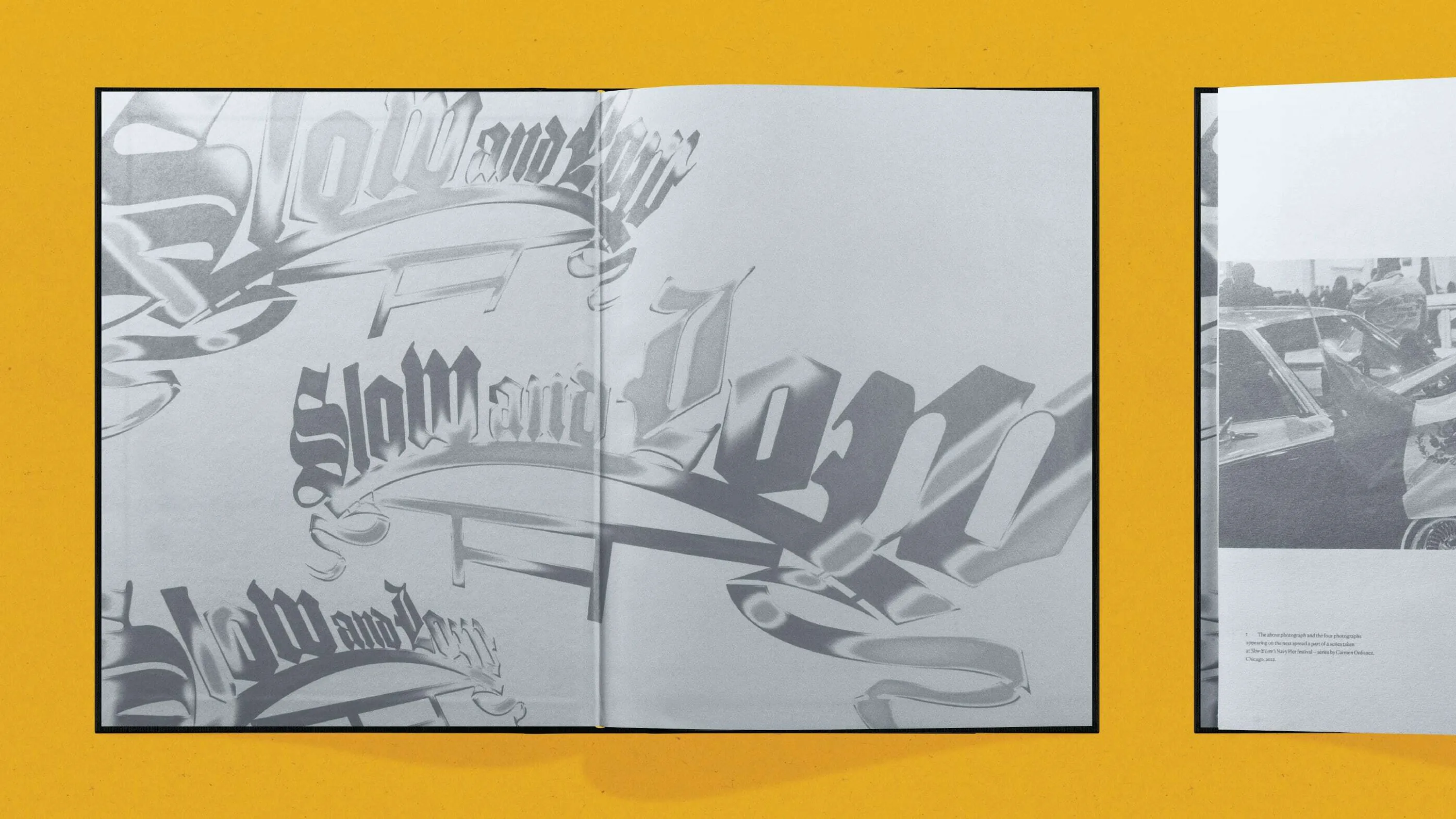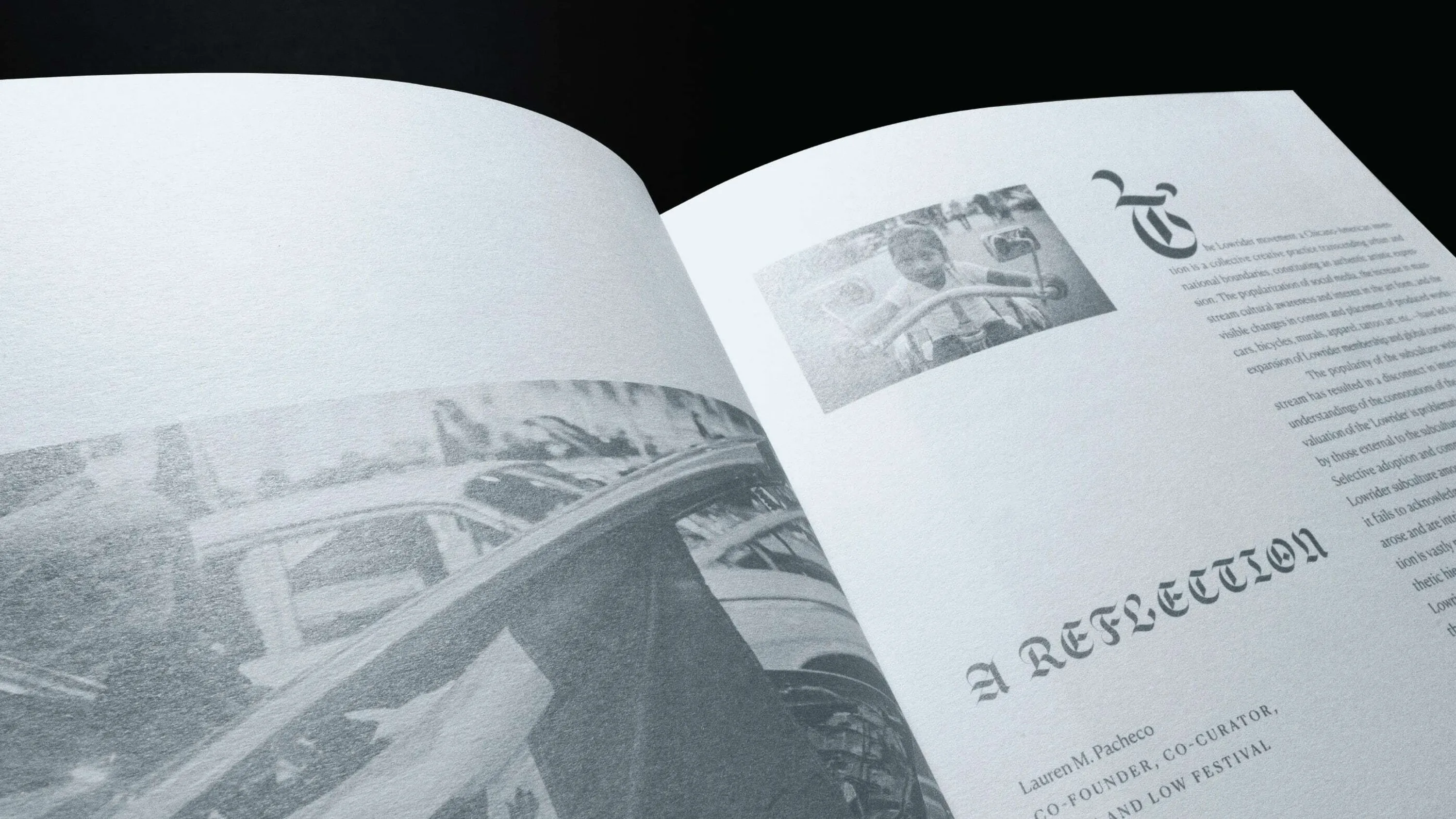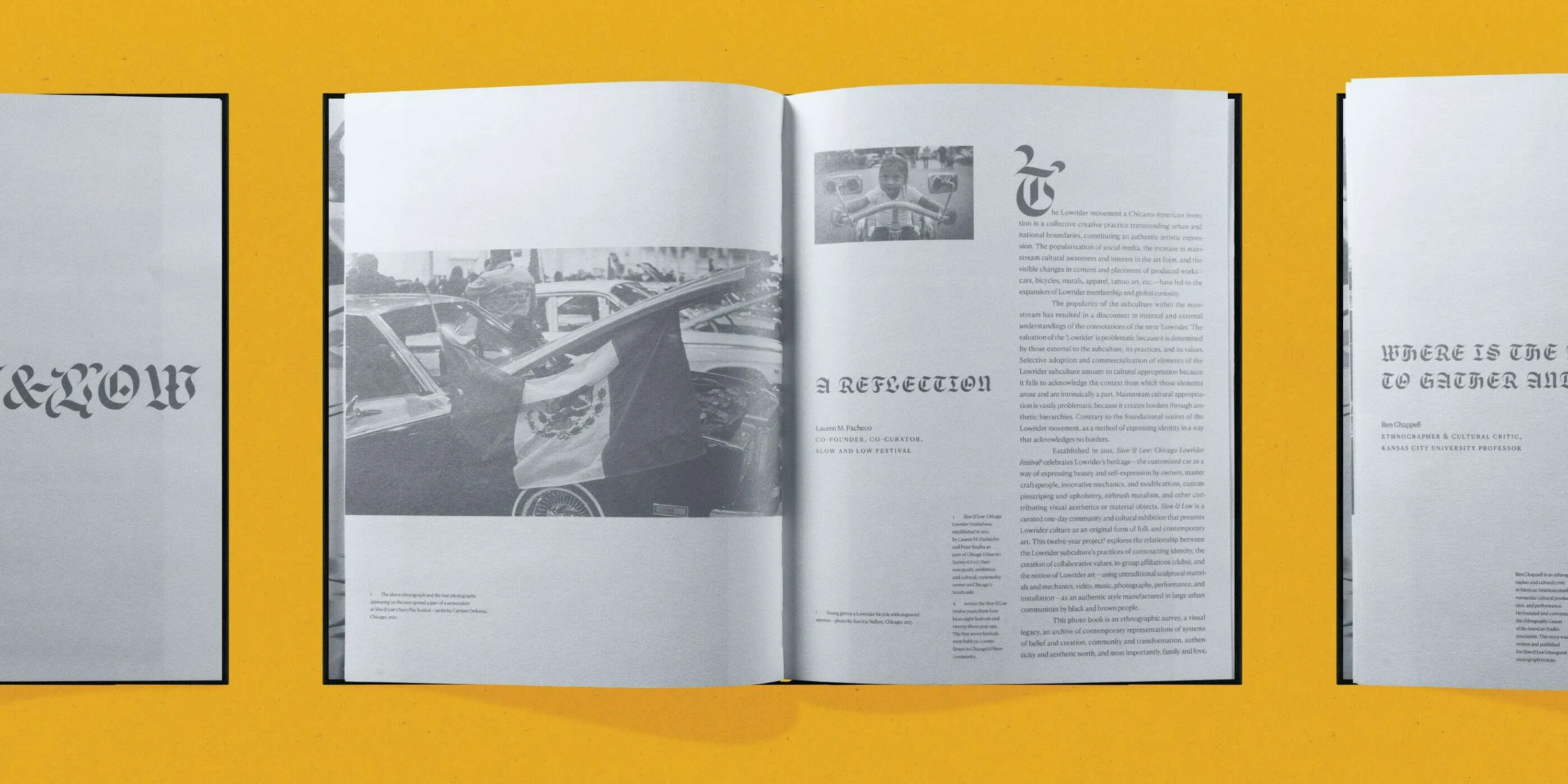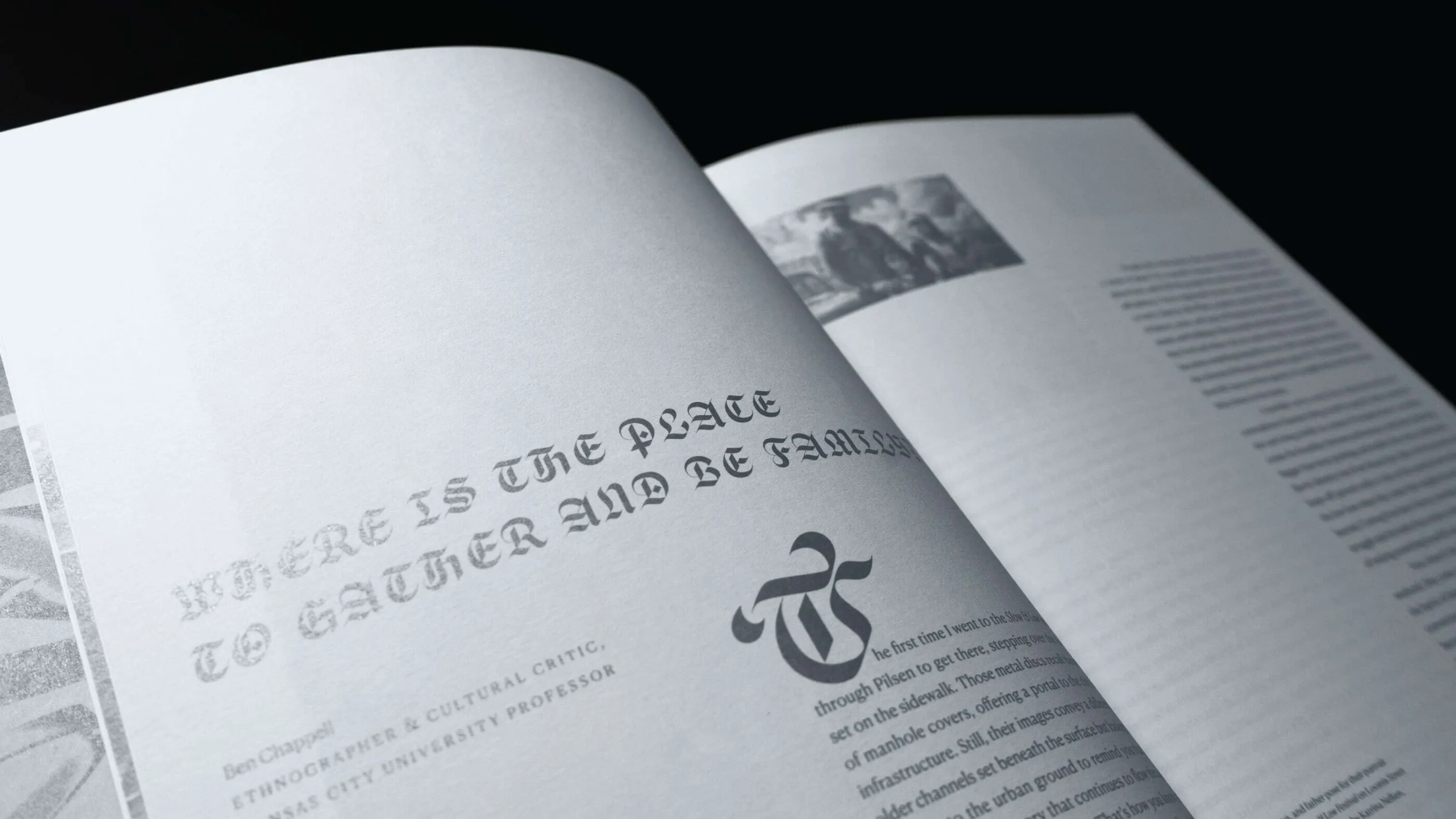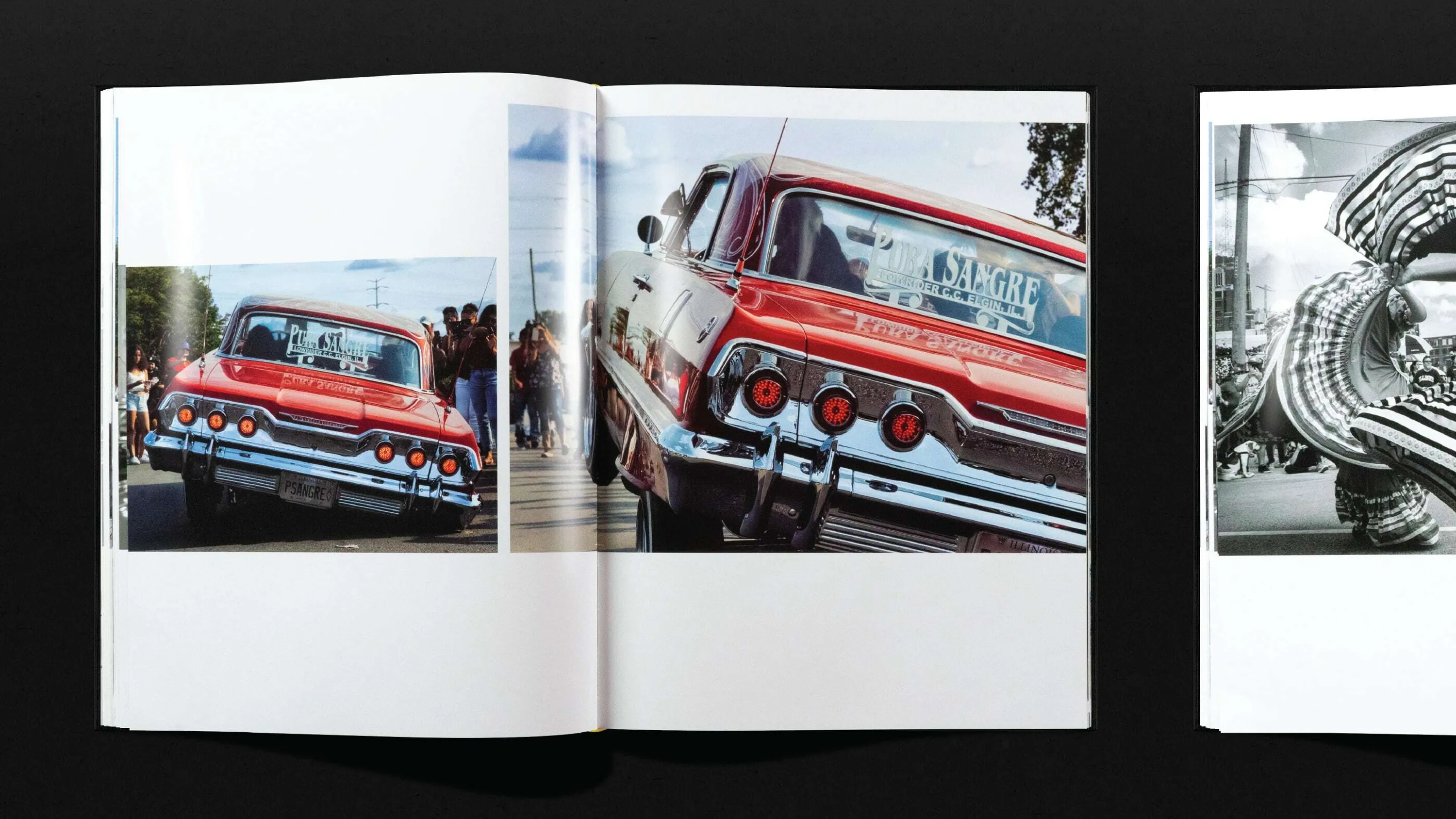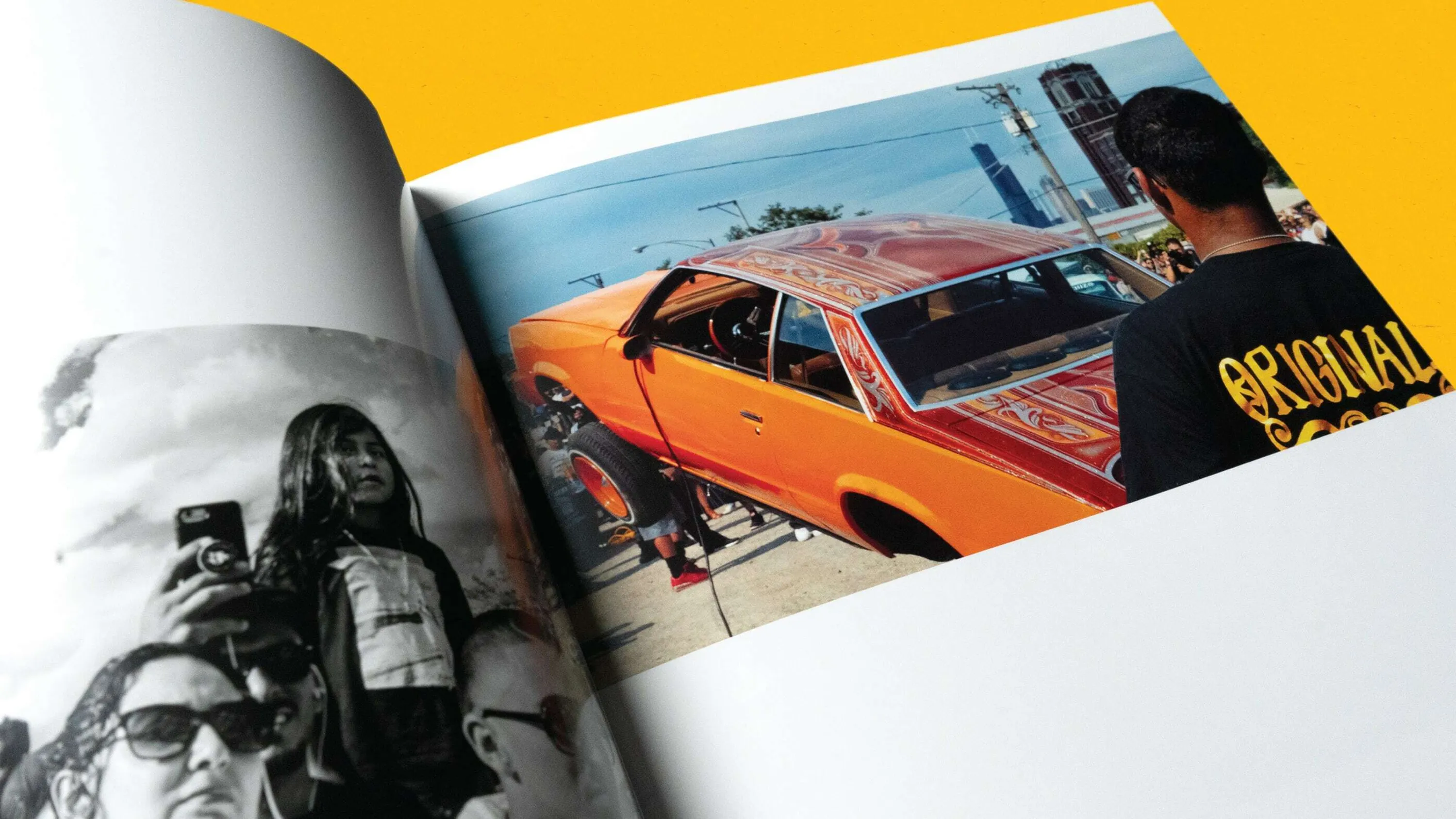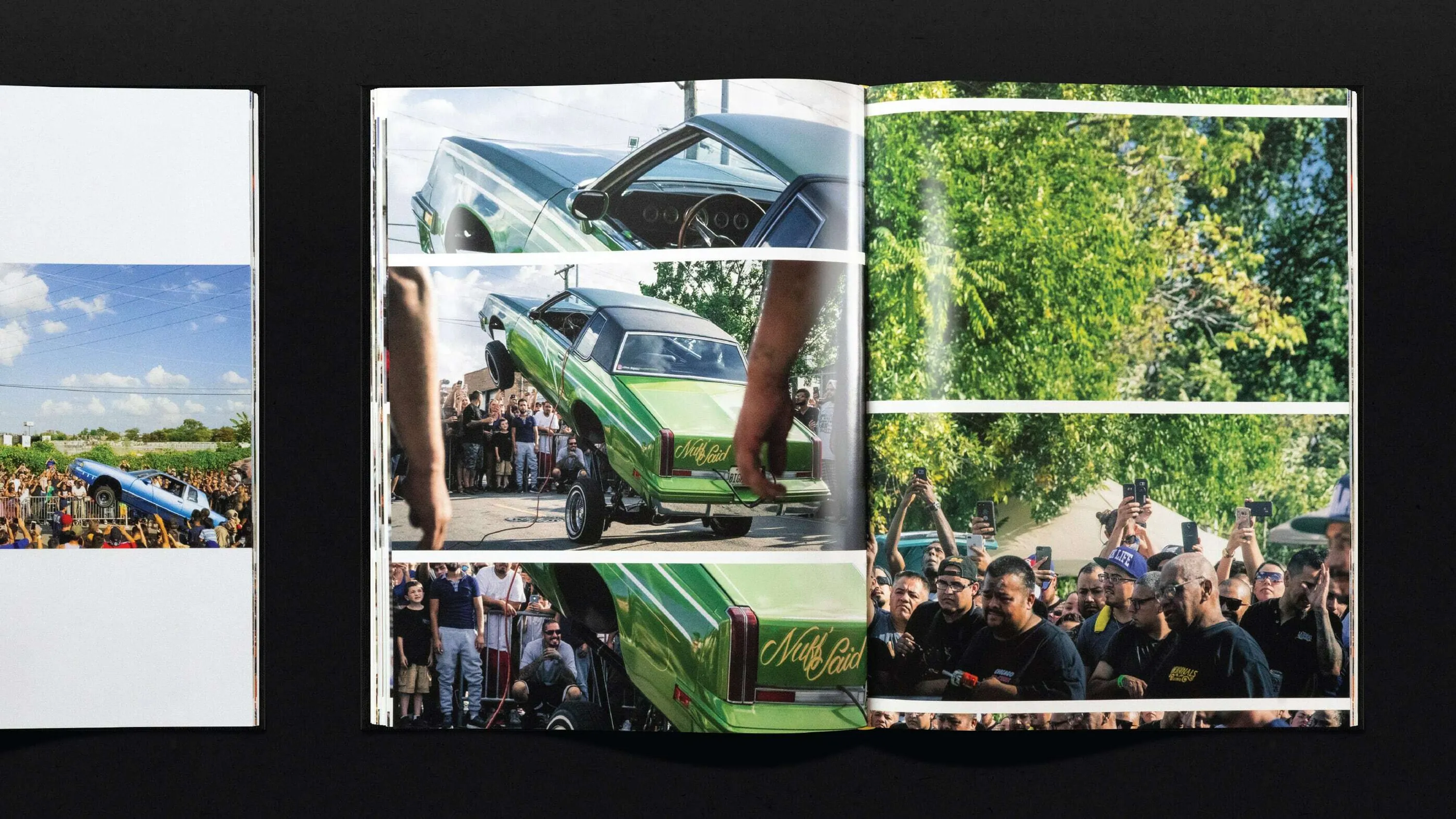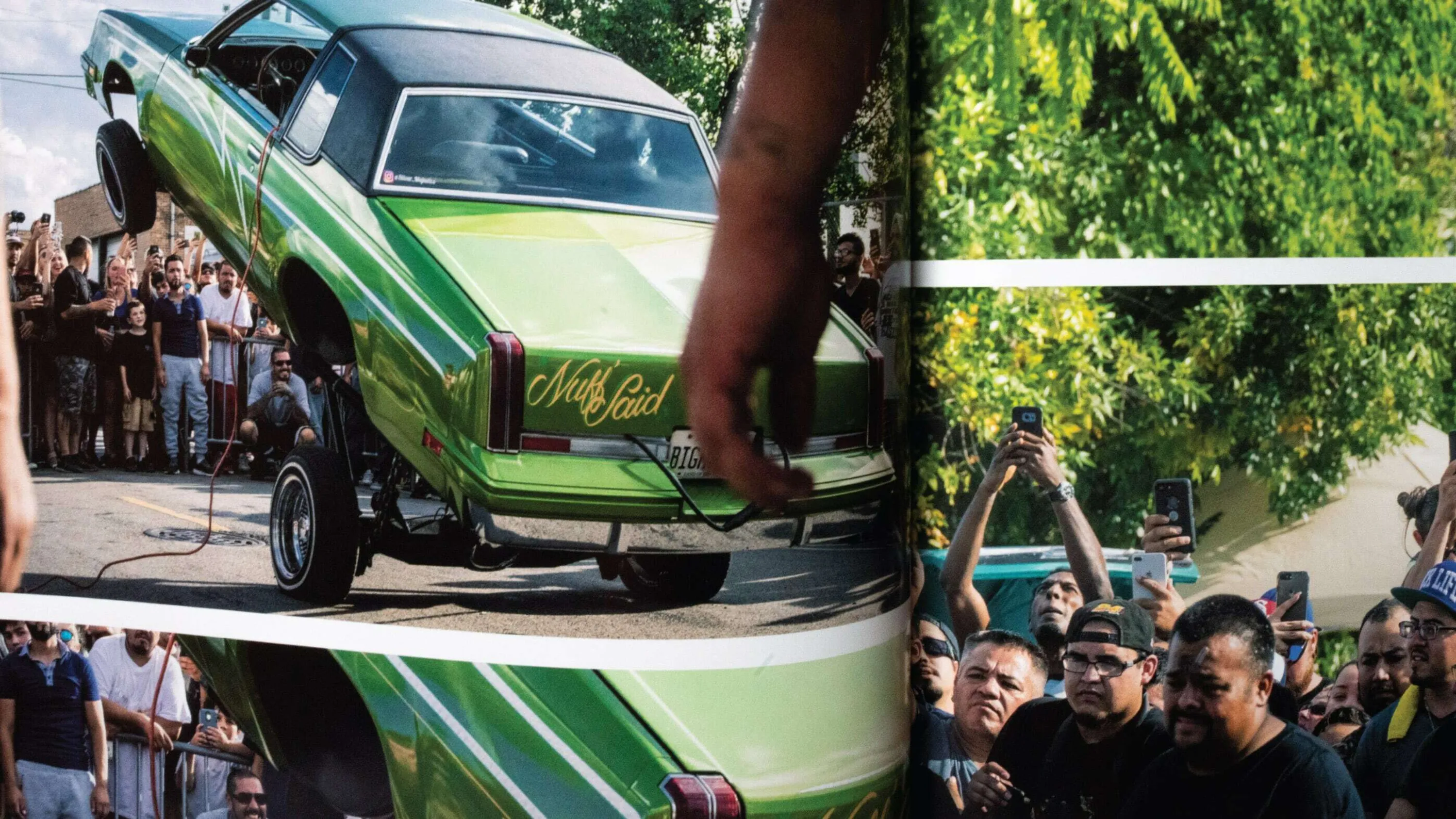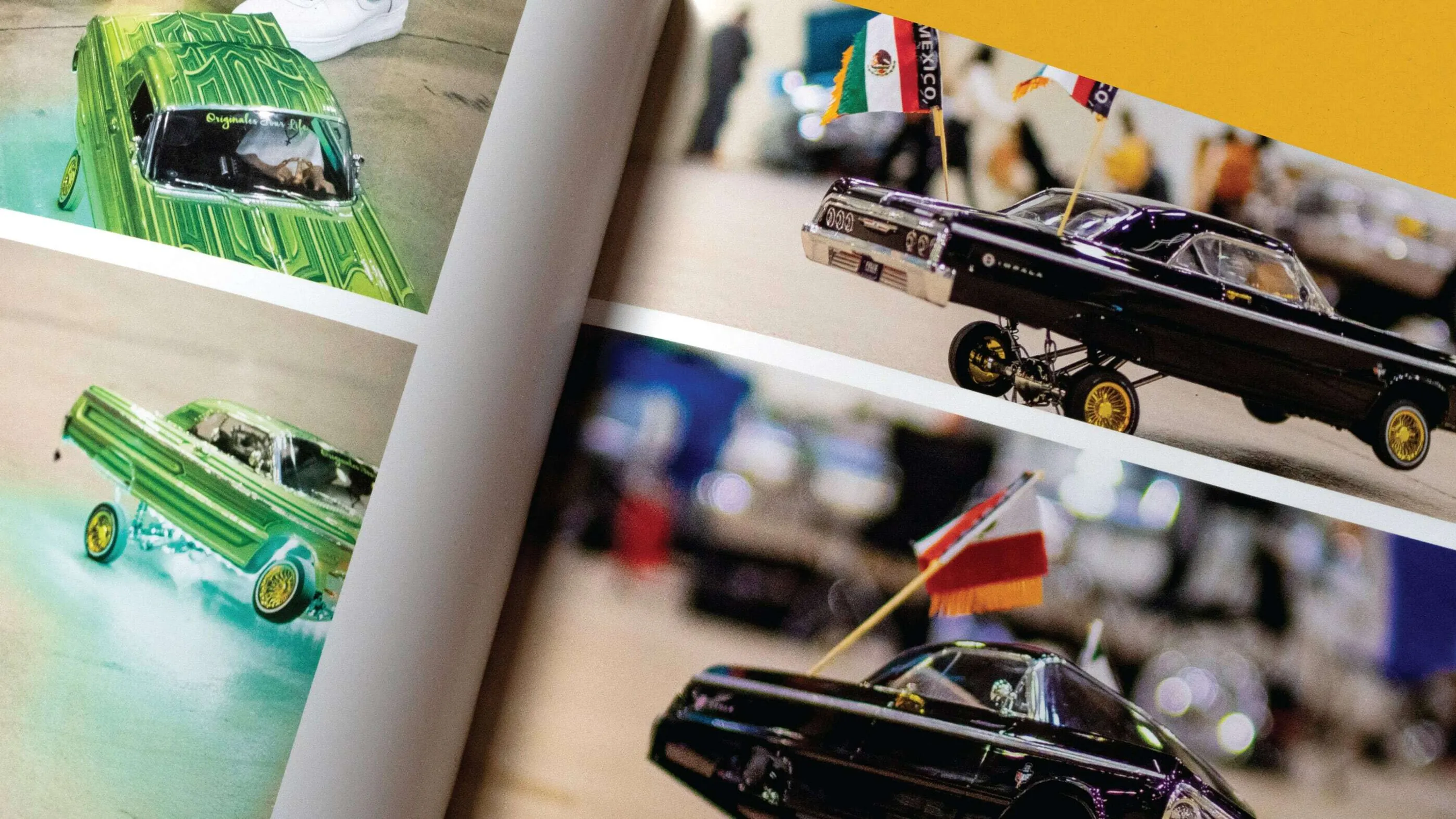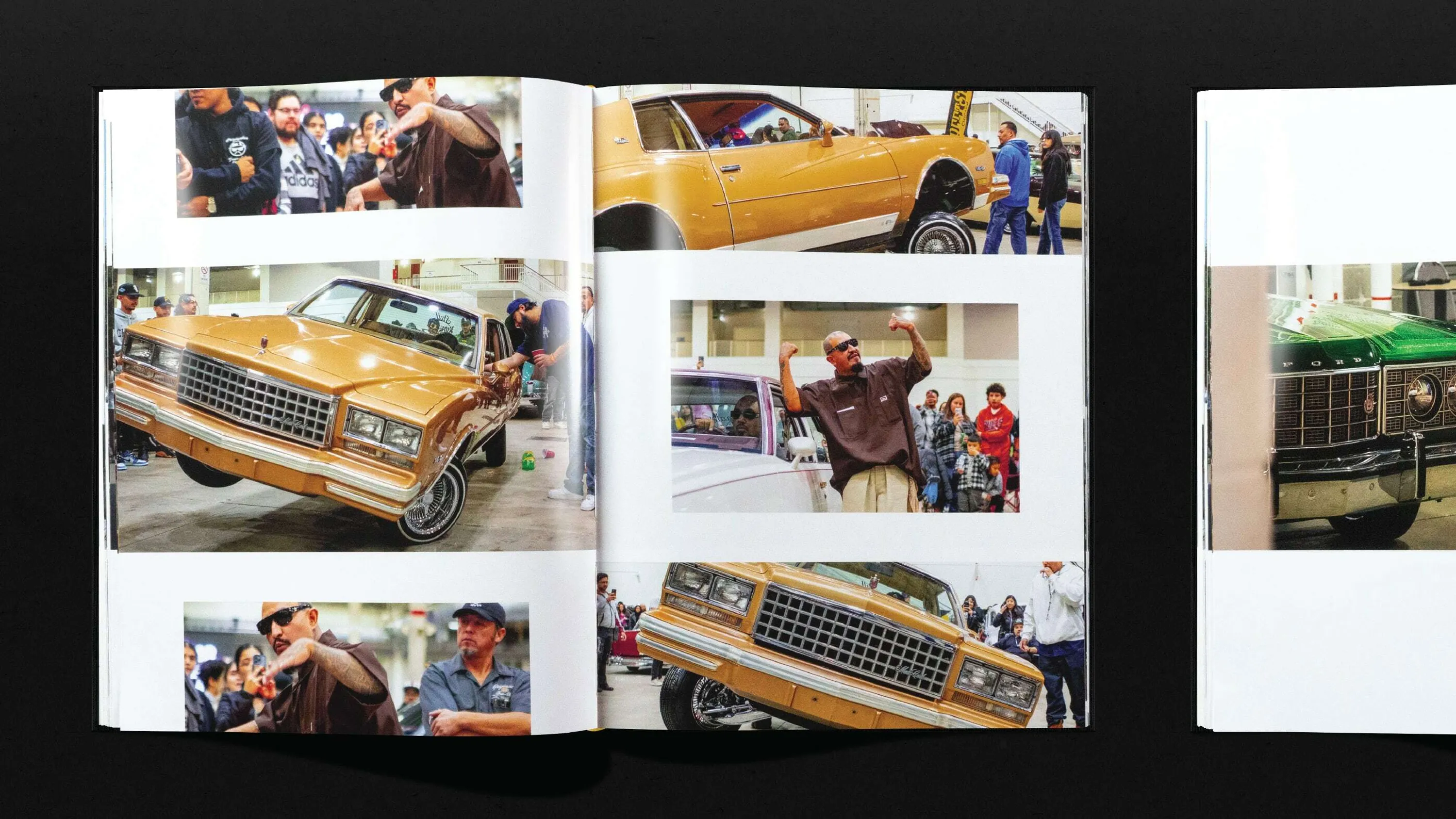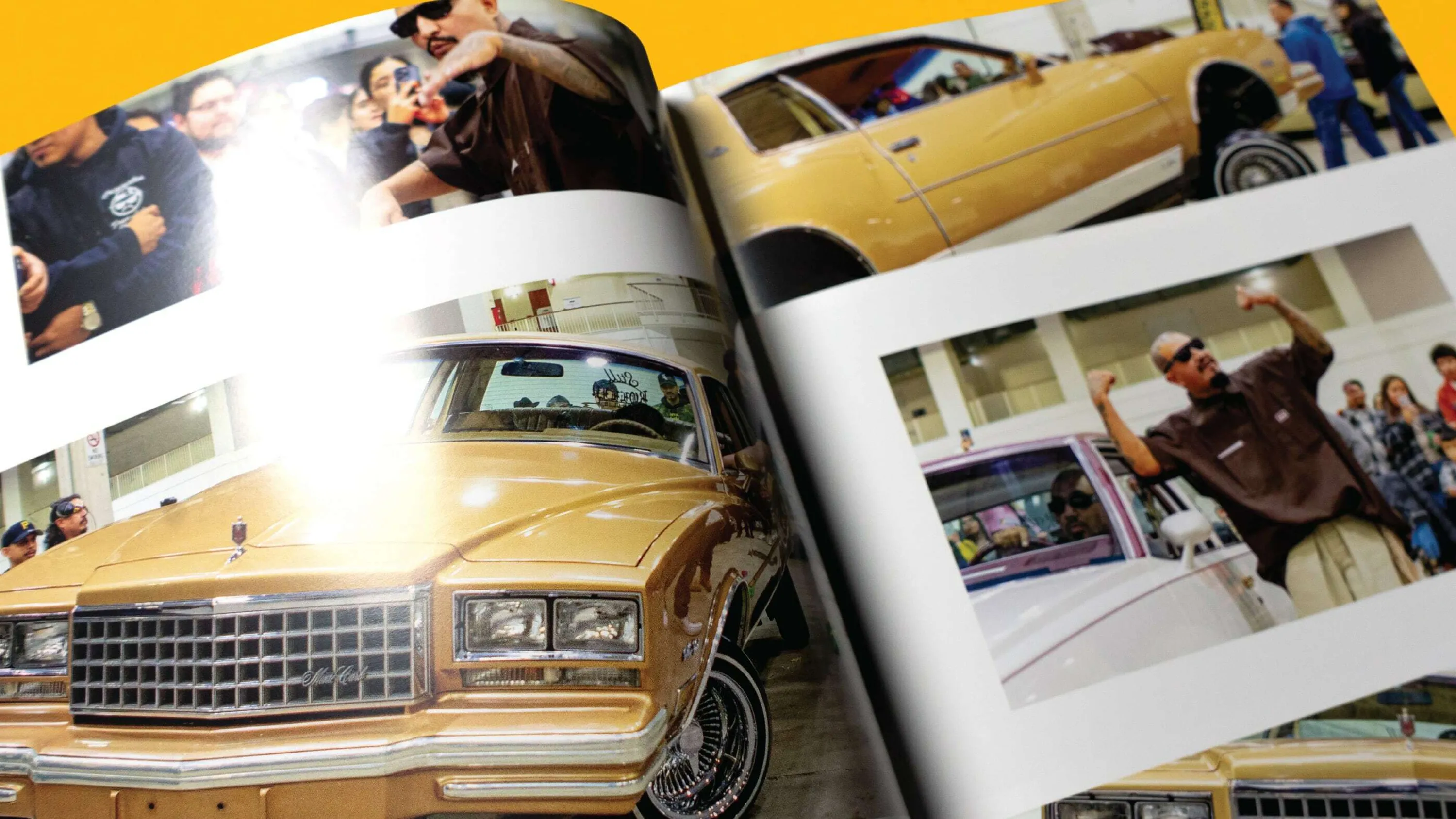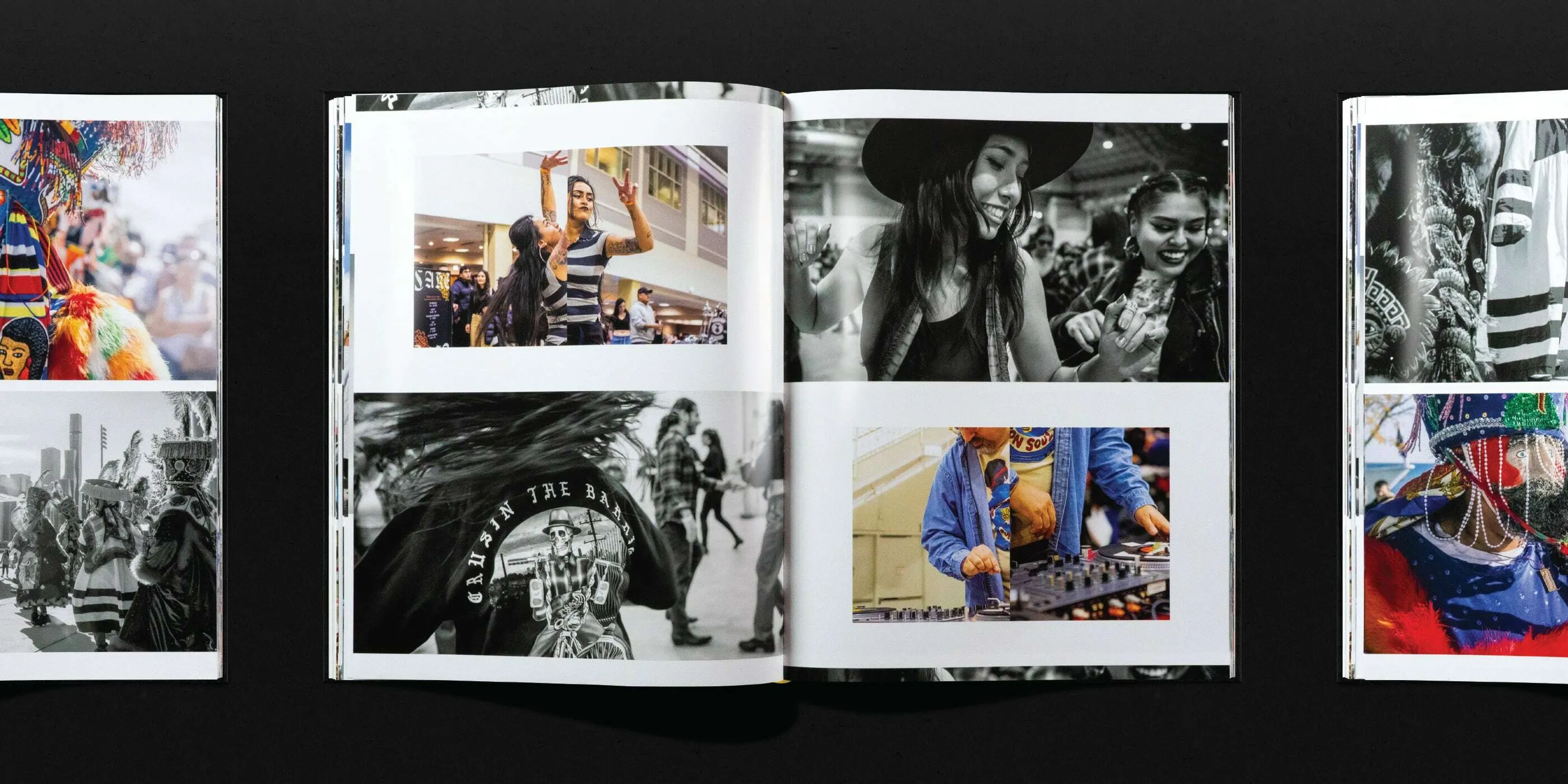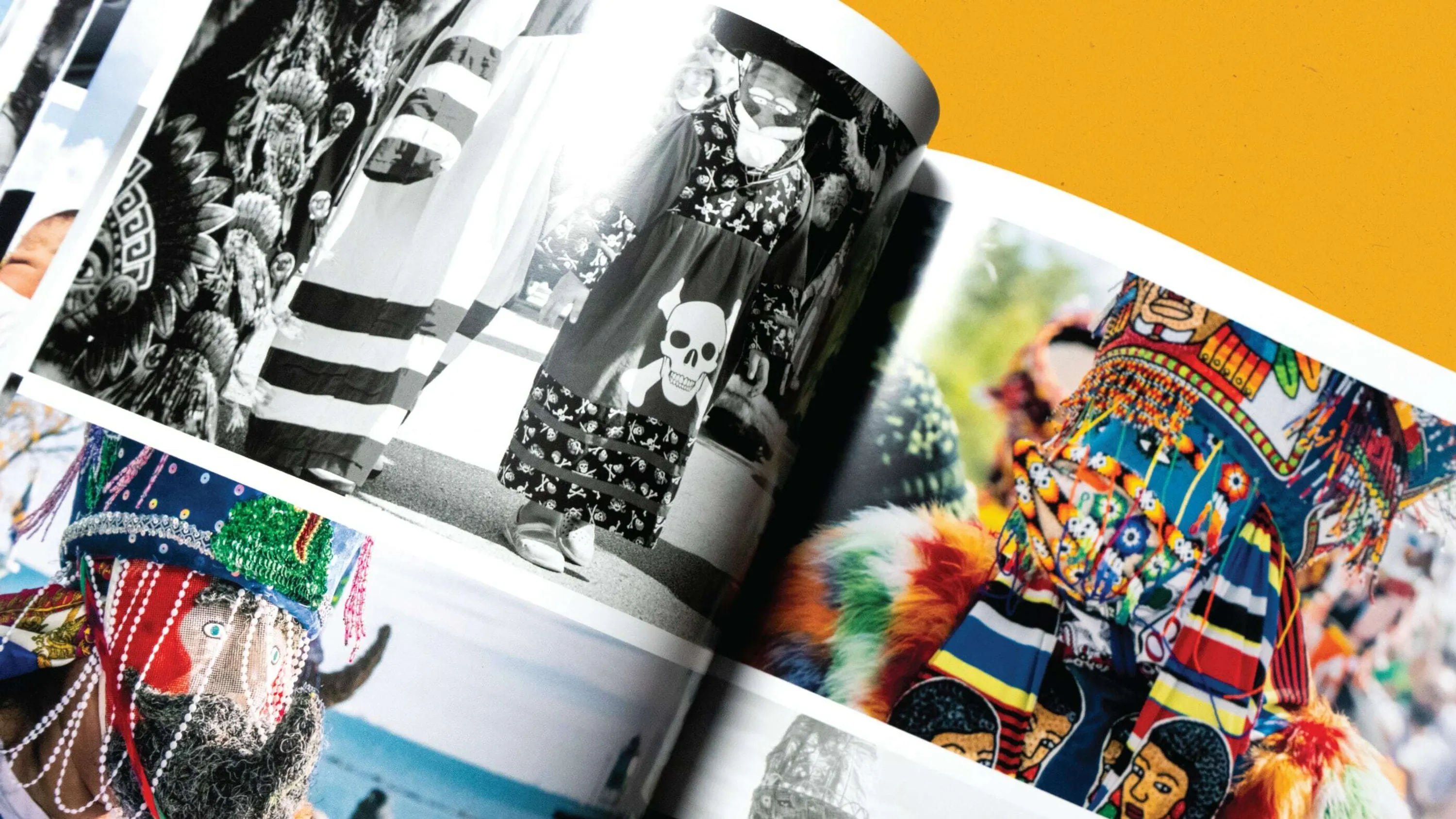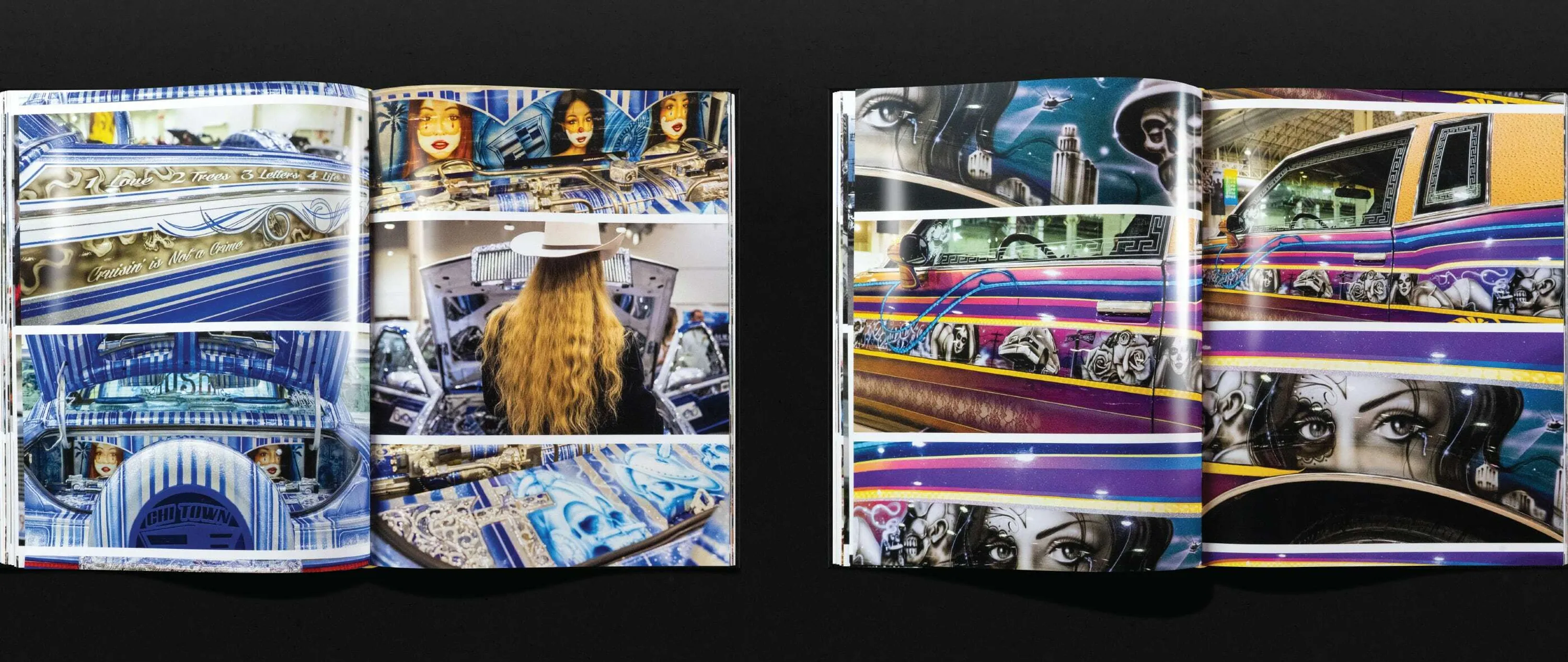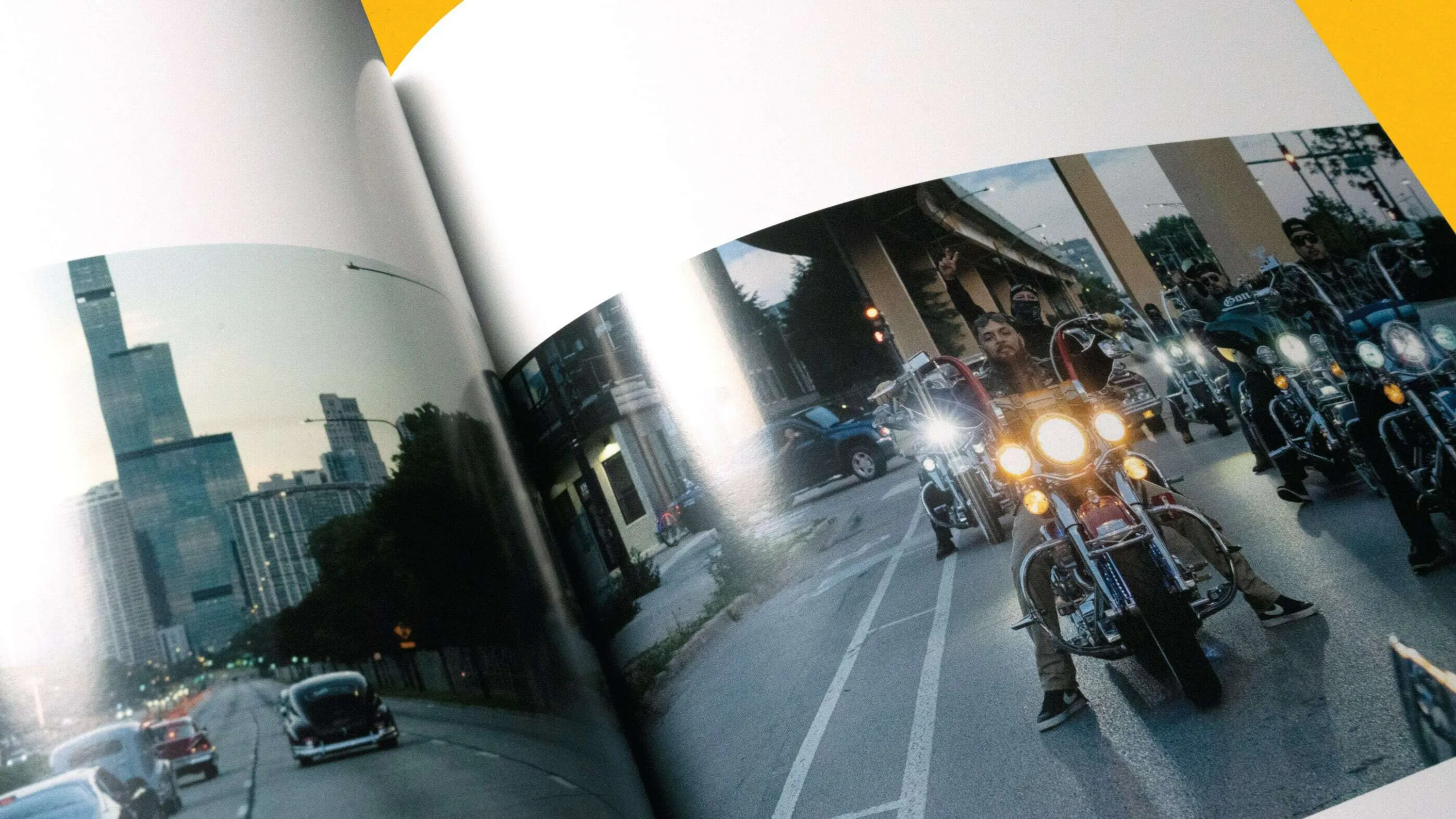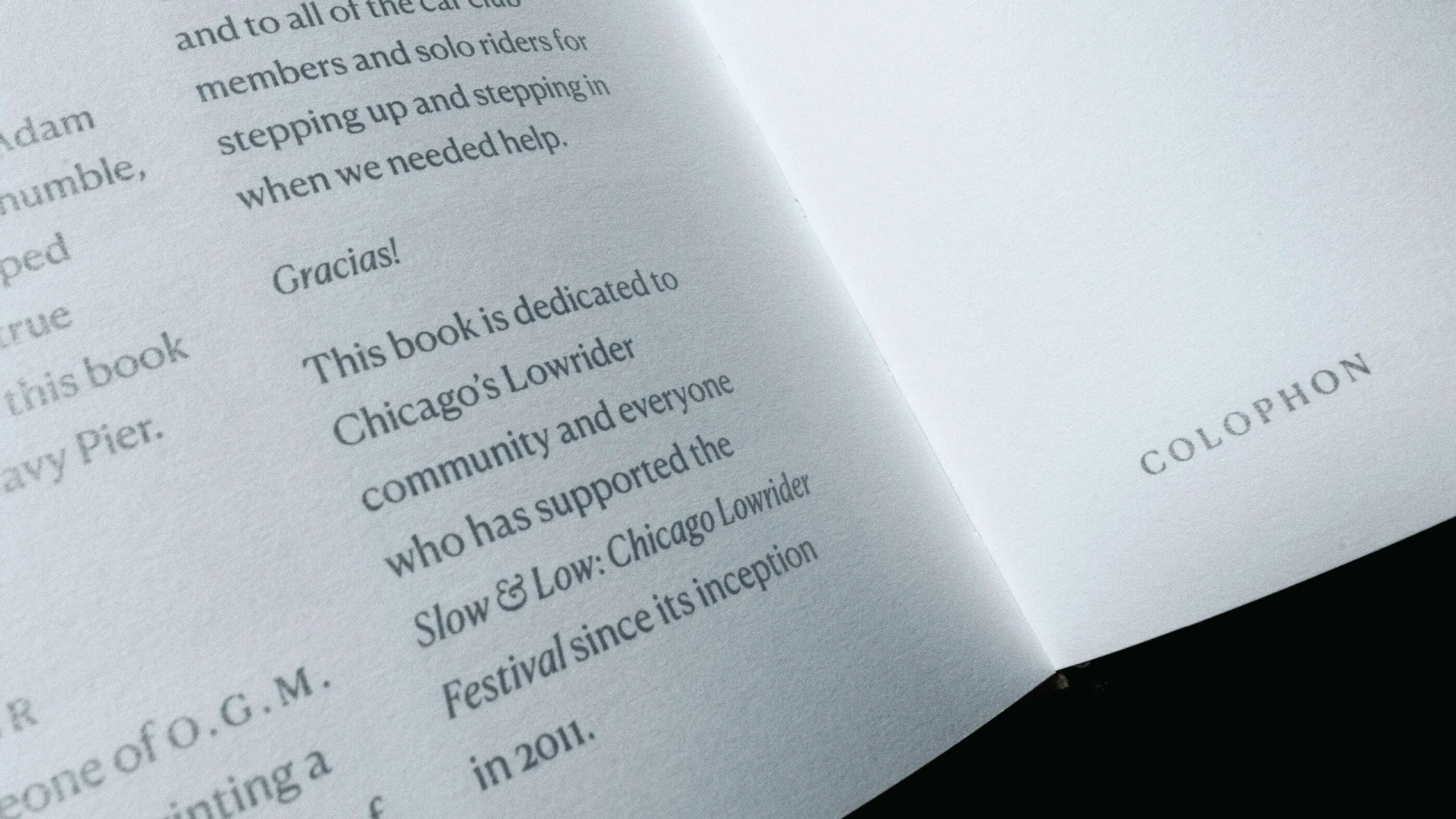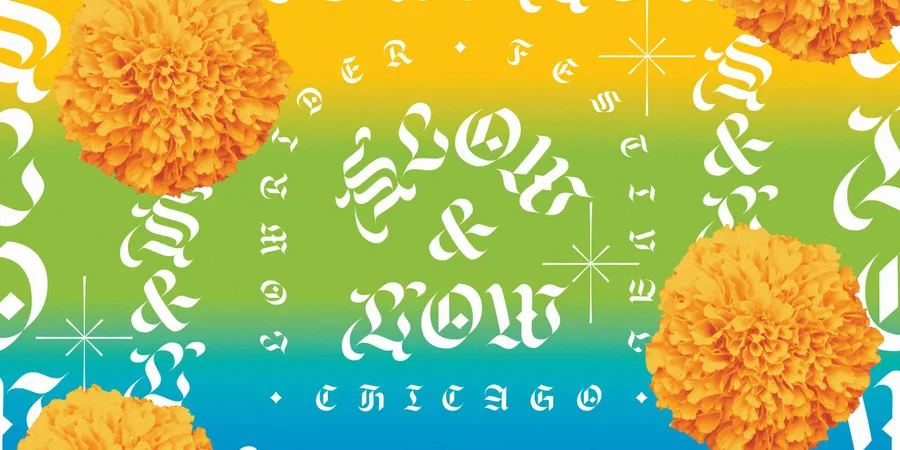
Slow & Low Retrospective Book Design
- Awards
- Fedrigoni Top Award — 2025
- Credits
-
Nick Adam
Concept, Design Direction, Design, Content Collection & CurationCheryl Kao
DesignGrace Song
DesignOGM
Printing
- Also
Lauren M. Pacheco, Dr. Ben Chappell
WritersLauren M. Pacheco, Peter Kepha, Edward Magico Calderon
CuratorsCarmen Ordonez, Carolina Sánchez, Don’t Get Shot, Edward Magico Calderon, Fernando Ruiz, Katrina Nelken, Manuel Lagunas, Manuel Velasco, Max Herman, Mike Pocious, Nick Lipton, Peter Kepha, Sebastián Hildalgo, and Nick Adam
Photographers
The Slow & Low retrospective book is the first formal piece of documentation from Chicago’s thriving lowrider community. Independently published by Slow & Low, a local non-profit lowrider organization, this story comes to life through the design work of Nick Adam’s team at Span. The project showcases a photographic archive that documents twelve years of Slow & Low’s events and festivals. Deep personal and cultural context is provided through a pair of essays from Slow & Low co-founder and curator Lauren M. Pacheco and ethnographer, cultural critic, and professor Dr. Ben Chappell.
Working closely with Slow & Low co-founders, Lauren M. Pacheco and Peter Kepha, Span makes every editorial, design, and material decision for this book with a connection to lowrider culture. These nuanced characteristics illustrate a narrative rooted in belonging while emphasizing the object quality of the book. The book’s grid creates an elaborate page sequencing system that balances variation and repetition, highlighting perspective shifts and contextual relationships. Page-to-page, the photographic compositions create a filmic cadence where motion, zooming, and surrounding angles provide the viewer with a sense of cruising. The photo archive is shot by celebrated community photographers, offering an insider’s, first-person narrative. From intimate close-ups that show fathers with daughters to wider shots that showcase the social setting of thousands gathered to celebrate the moving canvases, the photo archive depicts lowriding as a way for individuals and the community to have a voice of creativity and pride. Beyond photos showcasing the elaborate details of custom cars, they show the context of lowriding—Mexican flags waving, Aztec symbols airbrushed, folklórico performances in the background. These omnipresent Mexican cultural characteristics are signatures of heritage and authorship.
The 112-page photo essay curated and sequenced by Span is printed in full color, with each photo receiving a spot gloss varnish on an already high-gloss, coated paper. The ultra-shiny quality increases the vibrancy and saturation of the candy-colored cars while offering a tactile, family photo-album feel to each image. The front and back matter of the book is printed in silver ink on natural paper, creating a contrast that heightens the reader's attention to the material intention of the book and the cars. The silver ink maintains a reflective quality akin to the engraved chrome of lowrider cars and viclas. Typographically, the body of the book is set in Canela, designed by Miguel Reyes at Commercial Type—a graceful typeface that, like lowriders, defies traditional classifications. This type is set with a sense of physics, each column of text baselines to the bottom of the page and rises to hit different heights—a gesture likened to the hydraulic bounce of a lowrider. The display type is Respira, designed by Lucas Sharp with Wei Huang at Sharp Type, a typeface inspired by blackletter—a style prevalent in lowrider and Chicano cultures.
Stark and dramatic, the cover’s vertically stacked blackletter type is stamped with white foil onto a black textile texture. The form is reminiscent of the letter-based tattoos that read top-to-bottom on the forearms of many within the lowrider community. Words composed like this are also often seen in churches, hanging from banners above the altar—an appropriate reference given the importance of faith within lowrider community members. The smyth-sewn binding allows the book to open flat, minimizing how much of an image falls into the gutter. The book ends with a collection of 360 silver ink photo booth photos featuring over 1,000 members of Chicago’s lowrider community, all taken at the 2022 Slow & Low festival at Navy Pier. In this respect, the book’s back matter functions like a yearbook.
